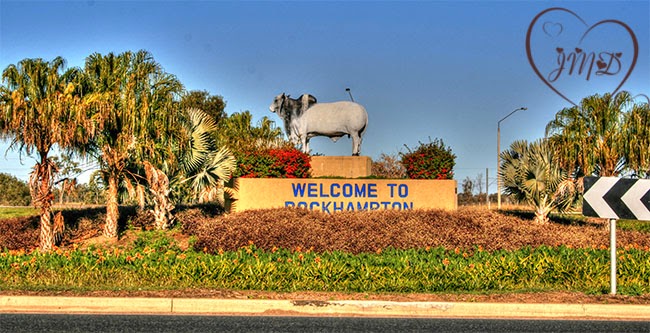A Message from our friends in the Netherlands.
It's been a month since World Storytelling Day 2014 and we started looking ahead to 2015 already.
In 2014 we had "Worldwide Storytelling Cafés" on three locations in the Netherlands and part of their program were the videos that some of you sent in. It was a great success! The audience enjoyed the recorded stories a lot and even applauded as if the storytellers were actually present. A very interesting experience.
We decided that we will continue this concept next year. So for those of you who've missed it this year or didn't have time to send in a video link: we will be looking for storytelling videos on the theme "Wishes".
All videos will be collected on one page on the Dutch website for world storytelling day, for everybody's convenience: to enjoy at home, or to use in your own WW Storytelling Café.
You can post links in the comments or mail to info[at]wereldverteldag.nl
For more info on the concept of the WW Storytelling Café you can contact me or send email to the address mentioned above.
For more info on the concept of the WW Storytelling Café you can contact me or send email to the address mentioned above.
For your inspiration: here's the link to the video page for WSD 2014http://www.wereldverteldag.nl/archief/86-video-s/139-monsters-and-dragons-world-storytelling-day-2015
We hope to receive as many contributions for 2015 as we had this year!
On behalf of the Dutch committee for WSD,
On behalf of the Dutch committee for WSD,




















